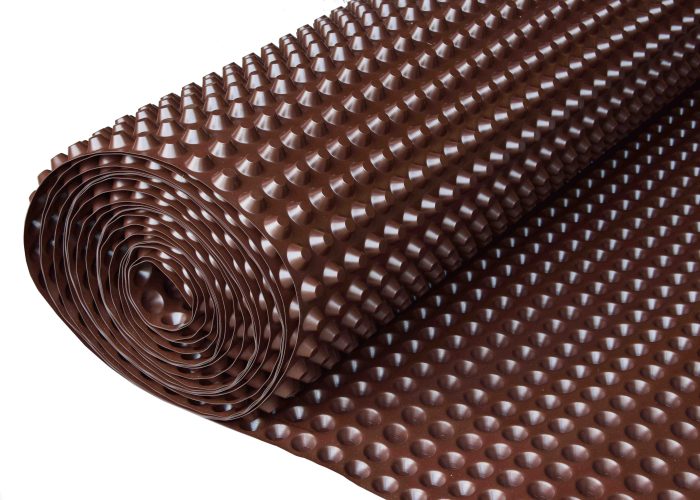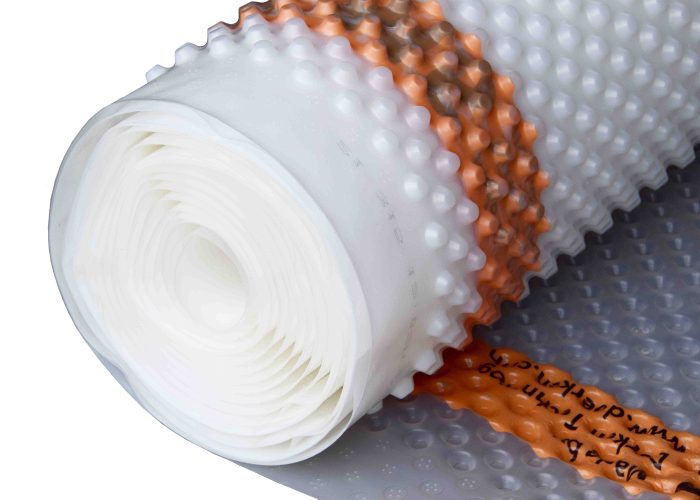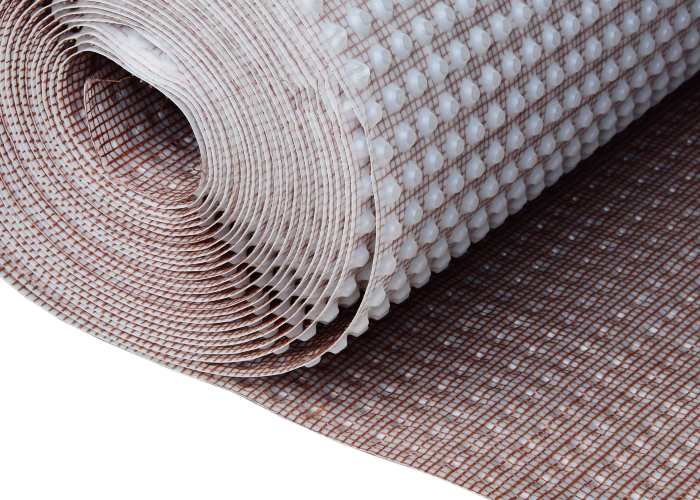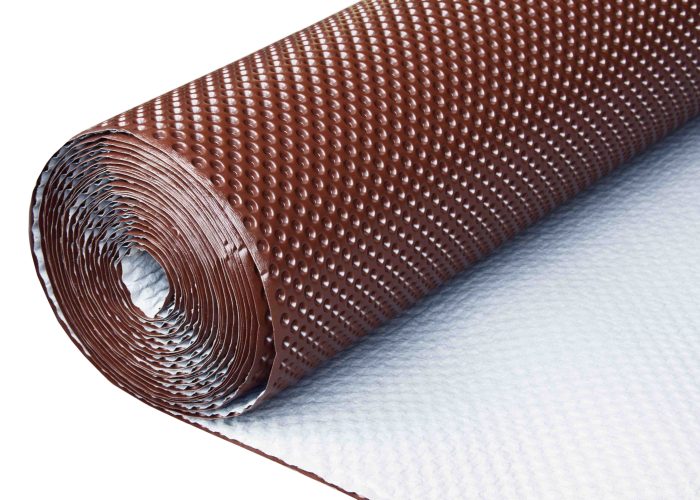This website uses cookies so that we can provide you with the best user experience possible. Cookie information is stored in your browser and performs functions such as recognising you when you return to our website and helping our team to understand which sections of the website you find most interesting and useful.
Combination Waterproofing
Combination waterproofing systems can offer optimal structural protection against water ingress.
BS 8102:2022 offers guidance on 3 types of Below Ground Level Waterproofing Systems used in the United Kingdom. These are categorised as Types: A, B & C.
Type A
Type A is defined as ‘barrier protection’. A material is used to offer a barrier to the passage of water. A barrier protection which physically holds water back on either the positive side of a below ground level structure (externally), the negative sides (internally) or sandwiched into the construction. Cementitious coatings, bituminous coatings or flexible sheet membranes are categorised within Type A ‘barrier protection’.
Type B
Type B is defined as ‘structurally integral protection’. Type B protection applies that the structure itself is constructed as an integral water resistant shell. A concrete structure built inclusive of watertight concrete admixtures, hydrophilic strips/water bars (passive or active). When considering and/or specifying a Type B integral system, a superior knowledge and understanding concrete construction is required to meet BS8102:2022 specifications. A further design consideration and robust strategy is to design the concrete in accordance with BSEN:1992 Euro code 3.
Type C
Type C is defined as “drained protection” and functions by diverting a passage of water away from the structure (which is usually collected into a submersible pump). A drained cavity system collects and manages any moisture which breaches the integrity of the structure by channelling, collecting and discharging such free water via a suitable evacuation point. A Type C waterproofing system will not increase or exert water pressure on a structure nor alter the dynamics of a structure.
Combined Waterproofing Systems
Some designers and Structural Warranty Providers specify that 2 forms of waterproofing are used in conjunction when Waterproofing Basements and Below Ground Structures. These specifications will require a “combination” of Types A, B & C waterproofing systems to achieve waterproofing performance and to meet BS8102:2009 criteria. It is always prudent to source these systems if possible from a single source/supplier, as this factor will dramatically reduce risks associated with compatibility of products and also greatly assist with technical design issues.
The NHBC imposed in January 2016 in their revised technical manual ‘Chapter 5.4’ that a “dual system” (two waterproofing systems) must be incorporated to structures where a Structural Warranty is provided.
Combination systems can offer solution to convoluted/difficult shapes to waterproof. A liquid/cementitious (Type A) system can be lapped behind a Type C system, to provide continuity of the waterproofing design.
Combined waterproofing systems are an effective solution when waterproofing car parks/podium decks and buried roofs and can be beneficial where continuity is difficult for example when encountering tight boundaries.
Our Koster product range is suitable for Type A waterproofing and offers solutions to repair of Type B structures through crack injection to water stopping also to include curtain wall injection. Koster products work in harmony with Delta’s Type C Cavity Drain Systems and ensure a robust and watertight solution.








